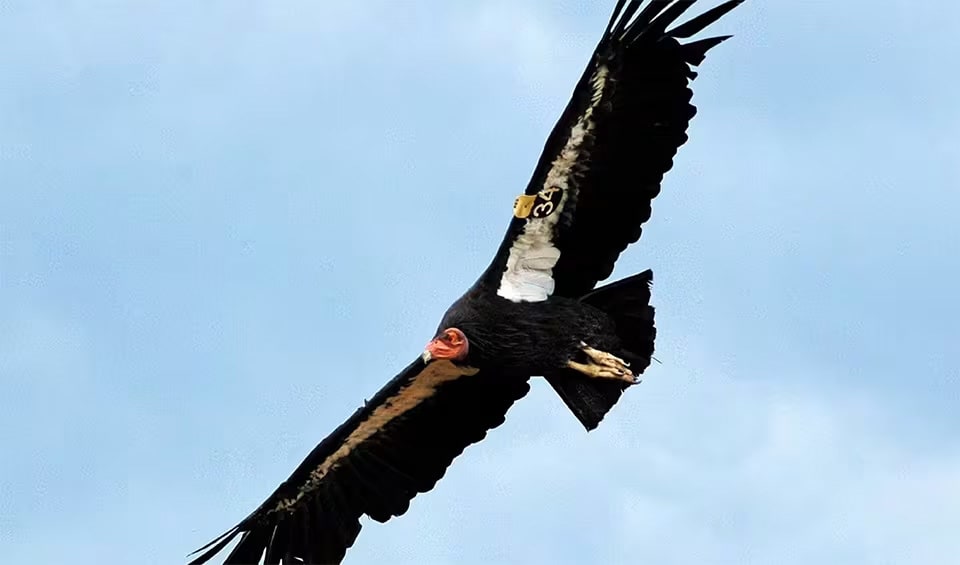Cathartidae – New world vultures
Their scavenging habits made them a usual addition to scenes in ‘Wild West’ films
Cathartiformes is represented by the family Cathartidae, commonly known as New World vultures, and the extinct family Teratornithidae. New World vultures are found throughout the Americas, with their range extending from the southernmost tip of South America to the temperate regions of the Northern Hemisphere.
Cathartidae includes several species of vultures as well as two species of condors: the Andean Condor and the California Condor. These birds are among the largest flying land birds in the Western Hemisphere. New World vultures have a distinctive appearance, typically characterized by dark plumage, often black or brown, with contrasting white markings in some species.
One of the most striking features of these birds is their bald heads, which are not covered by feathers. This trait is believed to be an adaptation for hygiene, allowing the birds to stay cleaner when feeding on carrion, as feathers would trap blood and other materials, potentially leading to infection.
New World vultures have broad wings and strong, stable tails that enable them to soar effortlessly for hours without flapping. This soaring ability is not only a marvel of energy efficiency but also aids them in scanning vast territories for food. They ride thermals, which are rising currents of warm air, to gain altitude and search for carcasses with their excellent vision.
As scavengers, New World vultures play a critical ecological role in their environments by consuming dead animal matter. This not only helps to prevent the spread of disease but also recycles nutrients back into the ecosystem. They have highly acidic stomachs that can digest even bones and resist toxins and pathogens found in decaying meat.
Despite their ecological importance, some species within the Cathartidae family have faced significant threats from human activities. The California Condor, for example, has been the subject of extensive conservation efforts to recover its population from the brink of extinction due to habitat loss, lead poisoning from ingested bullets in carrion, and other human-induced factors.
Genera in this family
The largest soaring bird of the North American continent
The most colorful vulture, with the orange cruncle
The largest and heaviest raptor in the world




